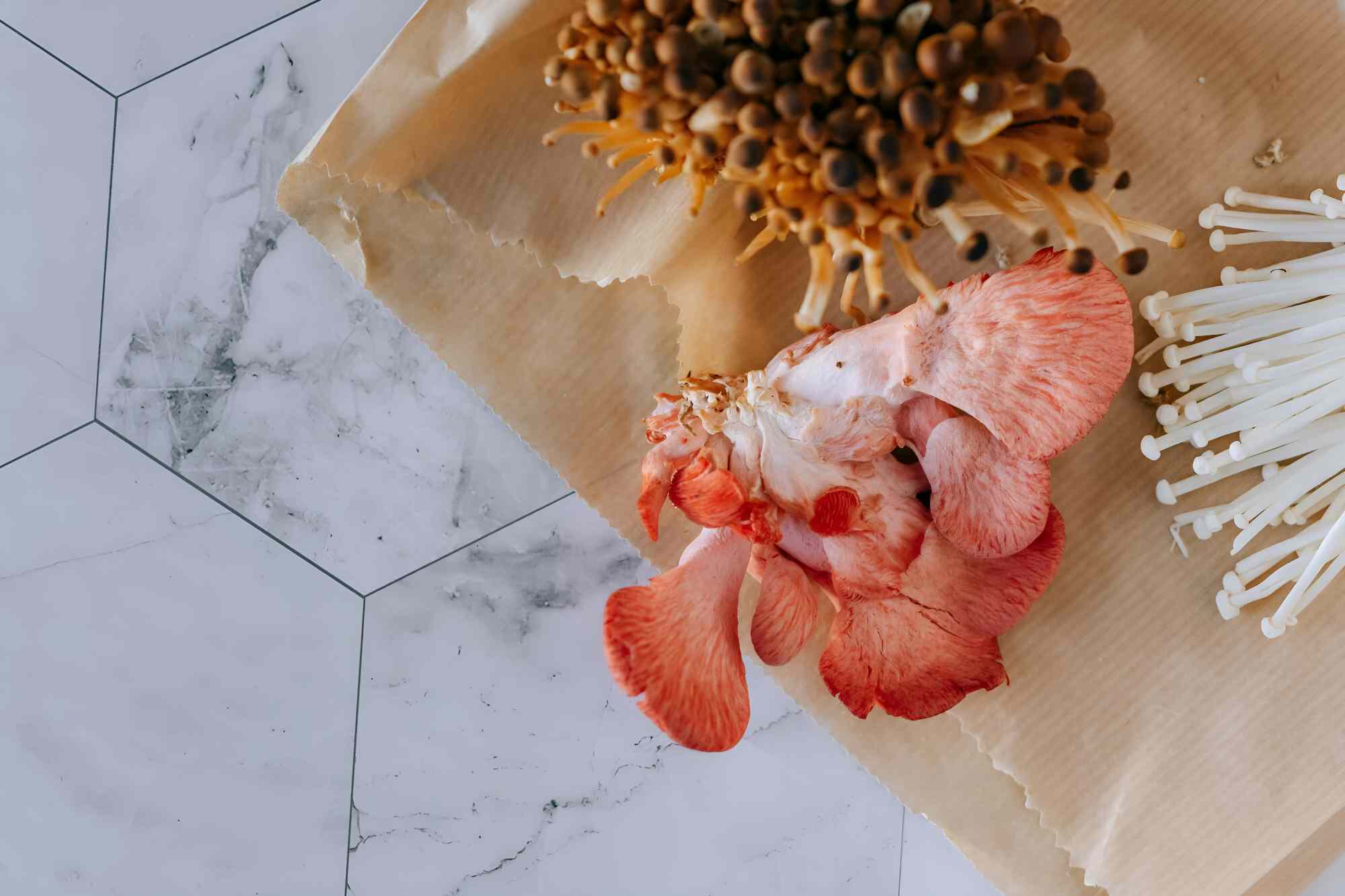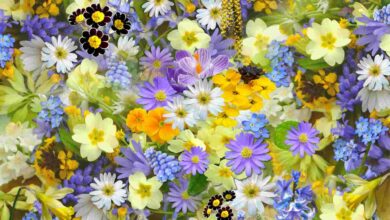Did you know that the global oyster mushroom market was valued at $52.07 billion in 2022?
Oyster mushrooms are becoming increasingly popular due to their unique flavors and health benefits. One type of mushroom that stands out is the pink oyster mushroom. With its vibrant color and delicate taste, it has become a favorite among mushroom lovers.
But did you know that you can easily grow and harvest these mushrooms at home? Yes, you read that right! You don’t need a large farm or specialized equipment to enjoy these delicious fungi.
Read on to learn all about the process of growing and harvesting oyster mushrooms at home.
Table of Contents
Choosing the Right Substrate
Before you start mushroom growing, you need to choose the right mushroom substrate. A substrate is simply a material that provides nutrients for mushroom growth. Pink mushrooms can grow on a variety of substrates such as sawdust, straw, coffee grounds, and cardboard.
But the most common and successful substrate for growing pink oyster mushrooms is straw. Straw provides the perfect balance of nutrients and moisture for these mushrooms to thrive.
You can purchase straws from your local farm supply store or even online. Make sure to get organic straw without any pesticides or chemicals.
Preparing the Substrate
Once you have your straw, it’s time to prepare it for mushroom growth. Start by chopping it into small pieces, around 2-3 inches long. After chopping, the straw must be pasteurized to kill off any competing organisms.
The simplest method is to soak the straw in hot water at a temperature of 65-75 degrees Celsius for about 1-2 hours. After pasteurization, the straw needs to be drained thoroughly. Removing as much excess water as possible without drying it out completely.
Remember, the straw should be moist but not soaking wet. Once drained, your substrate is ready for the inoculation with pink oyster mushroom spawn.
Inoculating the Straw
Inoculation is the process of introducing mushroom spawn to the substrate. You can purchase pink oyster mushroom spawn from a reputable supplier. You can also use spores collected from wild mushrooms.
To inoculate, mix your chosen spawn with the straw in a large container. Make sure it’s evenly distributed.
After mixing, transfer the straw and spawn mixture into a growing container. You can use plastic bags, buckets, or even old laundry baskets for this purpose.
You might also want to consider using mushroom grow kits. These kits come with everything you need to grow mushrooms at home. This includes pre-inoculated substrate and instructions.
Create the Ideal Growing Conditions
Pink oyster mushrooms require specific environmental conditions to grow successfully. The ideal temperature range is around 20-26 degrees Celsius with high humidity levels of 85-95%.
To maintain these conditions, you can use a humidifier or mist the growing container daily. Place the container in a well-ventilated area with indirect sunlight. Make sure to keep the substrate moist but not waterlogged.
After a few days, you should start to see white mycelium threads growing throughout the straw. These are signs that your mushrooms are growing!
Understand the Problems You Might Encounter
As with any type of gardening or farming, there are potential challenges and obstacles when growing pink oyster mushrooms. Some common issues include:
Contamination From Other Fungi or Bacteria
Contamination is a common issue in mushroom cultivation and can lead to failed harvests. To prevent this, make sure to sterilize your equipment and work area before starting, and use high-quality spawn.
Substrate Drying Out
Check on your growing container regularly and mist if necessary to maintain proper moisture levels. You can also cover the container with a plastic bag to retain moisture.
You can also add a layer of damp newspaper or burlap over the substrate to help retain moisture. This will also provide a humid environment for your mushrooms to grow.
Pests
Pests such as fruit flies or mites can invade and damage your mushroom crop. Keep an eye out for any signs of pests and take necessary measures to get rid of them.
One way to prevent pests is to keep your growing area clean and free of decaying organic matter. Make sure to also properly dispose of any contaminated substrate.
Mold Growth
Mold can be a sign of poor ventilation or too much moisture. Make sure to keep your growing container in a well-ventilated area, and avoid overwatering the substrate.
If you do encounter mold growth, carefully remove any contaminated areas. You should also adjust the growing conditions accordingly.
Incorrect Temperature
Pink oyster mushrooms are tropical fungi and thrive best in warmer temperatures. If the temperature is too cold or too hot, it may inhibit the growth of your mushrooms or even kill the mycelium.
Always monitor your temperature levels and adjust as required. You can use a thermometer to ensure the ideal temperature range is maintained.
For humidity, consider using a hygrometer. This will help you monitor the levels accurately.
Inadequate Light
While mushrooms don’t require the same amount of light as plants, they do need some light to grow. This influences the direction of their growth and helps in the formation of the mushroom fruit bodies.
If your mushrooms are growing long and spindly, or not fruiting at all, it could be due to insufficient light. Move your container to a brighter location or use artificial lighting.
Harvesting
After 2-3 weeks, your mushrooms will be ready for harvest. The size of the mushrooms can vary, but they are usually ripe when they reach 4-6 inches in diameter.
To harvest, simply twist and pull the mushroom cap from its base. Avoid damaging any surrounding mushrooms or substrate during the process.
You can continue harvesting for up to 3 weeks until the substrate is exhausted. After that, you can compost the spent straw and start a new batch of mushrooms.
Cultivating Pink Oyster Mushroom at Home
Growing and harvesting your pink oyster mushrooms at home is a rewarding experience. With a little bit of knowledge and effort, you can have fresh and delicious homegrown fungi right from your garden or kitchen.
Remember to be patient and monitor your growing conditions closely. Don’t be discouraged by any obstacles along the way as they are part of the learning process. So go ahead, and start your mushroom adventure today!
Don’t stop here, there’s so much more to learn about on our website. Dive into our other articles for more information.





